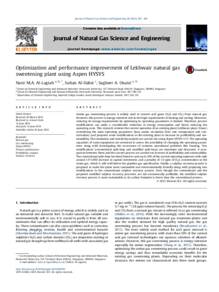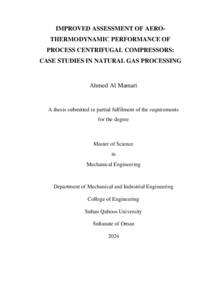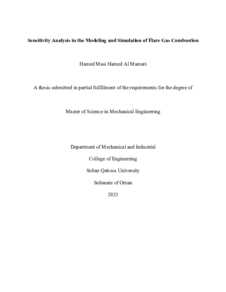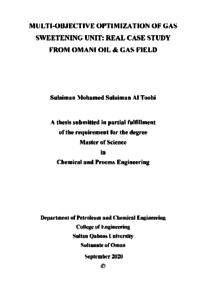وثيقة
Optimization and performance improvement of Lekhwair natural gas sweetening plant using aspen HYSYS.
المعرف
DOI: 10.1016/j.jngse.2015.06.030
المساهمون
Al-Habsi, Sultan., مؤلف
Onaizi, Sagheer A., مؤلف
الناشر
Elsevier.
ميلادي
2015-06
اللغة
الأنجليزية
الملخص الإنجليزي
Amine gas sweetening process is widely used to remove acid gases (H2S and CO2) from natural gas. However, this process is energy intensive due to the high requirements of heating and cooling. Moreover, reducing its energy requirements by optimizing its operating parameters is limited. Therefore, process modifications can make a considerable reduction in energy consumption and hence reducing the operating costs. This research reviews the current operation of an existing plant (Lekhwair plant, Oman) considering the main operating parameters (lean amine circulation flow rate, temperature and concentration) and proposes some modifications to the existing plant to increase its profitability and sustainability. The simulation and sensitivity analysis are carried out using Aspen HYSYS v7.3. The operating capacities of some equipment are reviewed to assess the possibility of changing the operating parameters along with investigating the occurrence of common operational problems like foaming. Two modifications (conventional split-loop and modified split-loop) are simulated and discussed. A comparison between them and the current process are carried out in terms of profitability and sustainability. The conventional split-loop has been found to save up to 50% of the current operating expenses with only around £175,000 increase in capital investment, and a penalty of 1.0ppm of H2S concentration in the sweet gas, which is still well below the pipeline gas specification. Finally, a sulphur recovery process is proposed to make the plant more sustainable and environmentally friendly along with proposing two modifications to the conventional sulphur recovery process. Even though the conventional and the proposed modified sulphur recovery processes are not economically profitable, the modified sulphur recovery process is more sustainable as its carbon footprint is lower than the conventional process.
المجموعة
ISSN
1875-5100
URL المصدر
قالب العنصر
مقالات الدوريات




